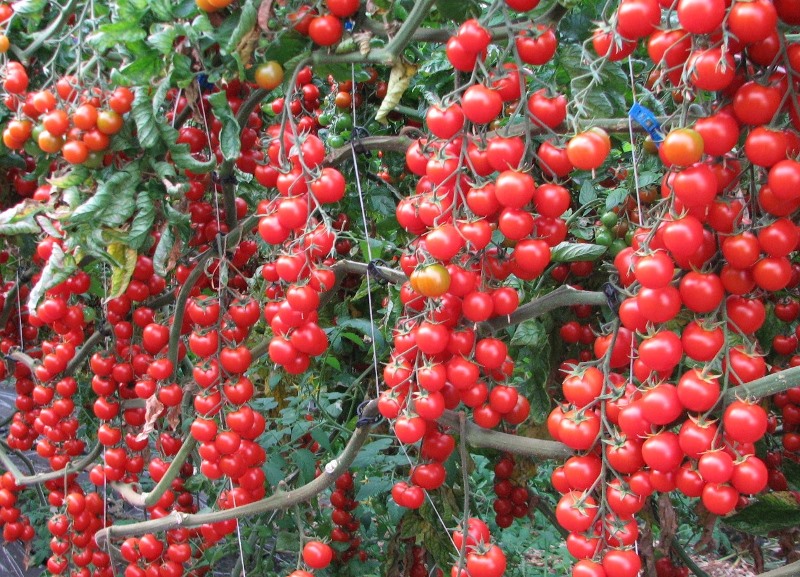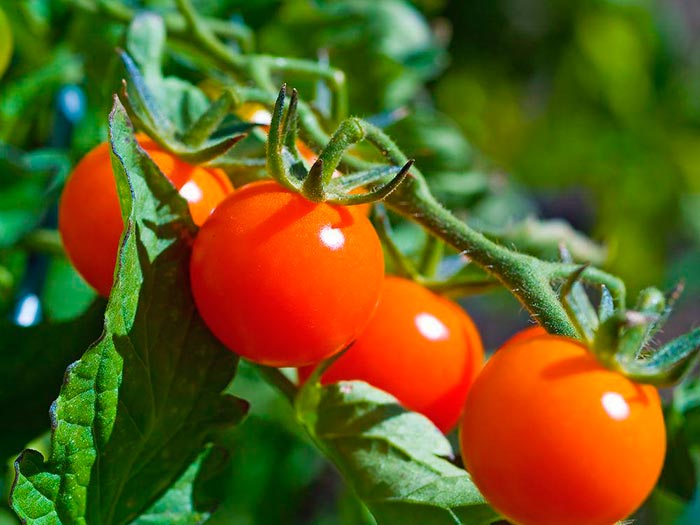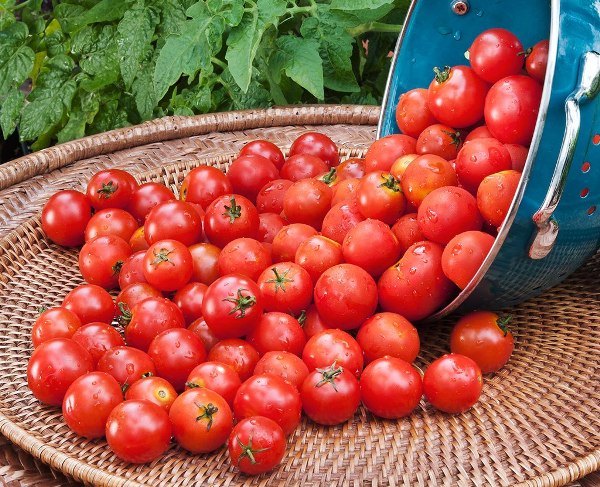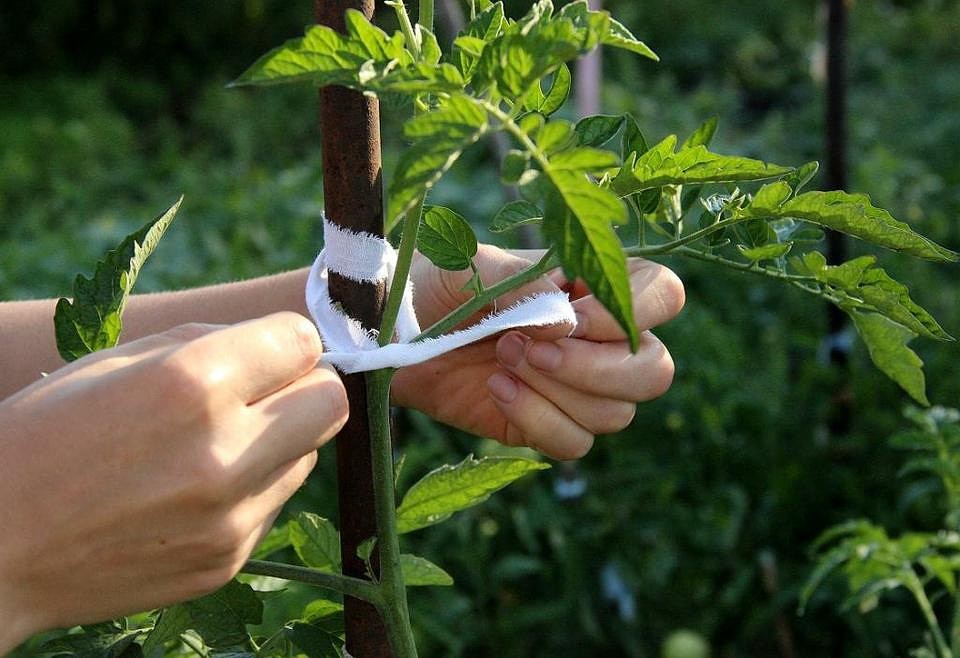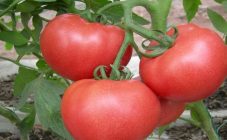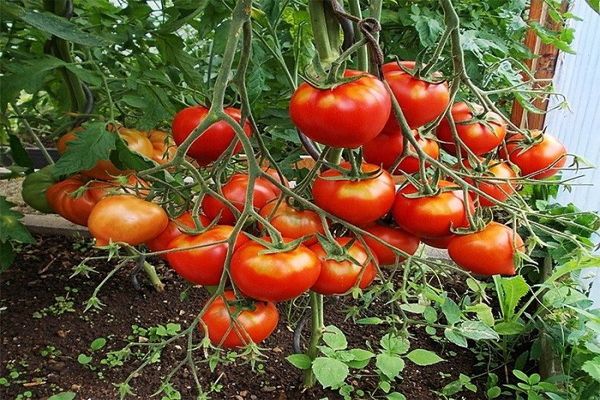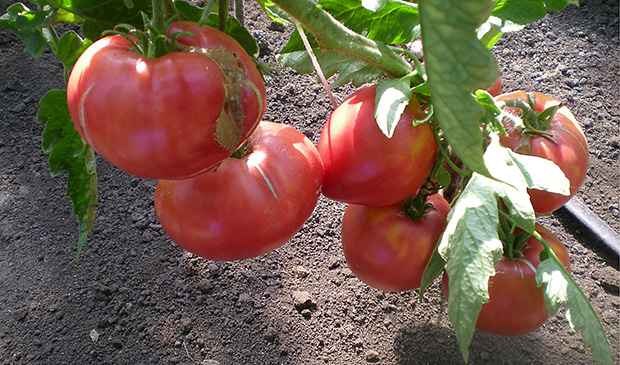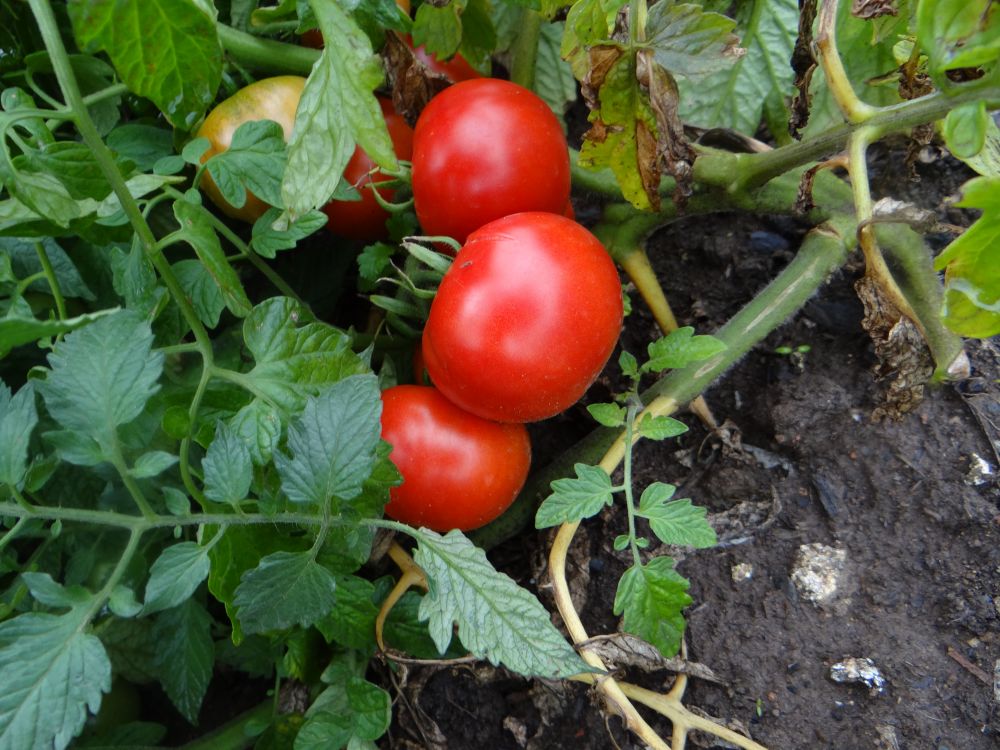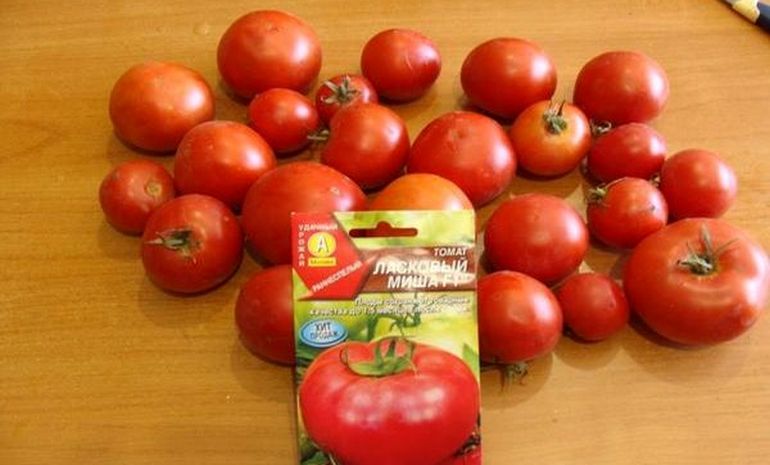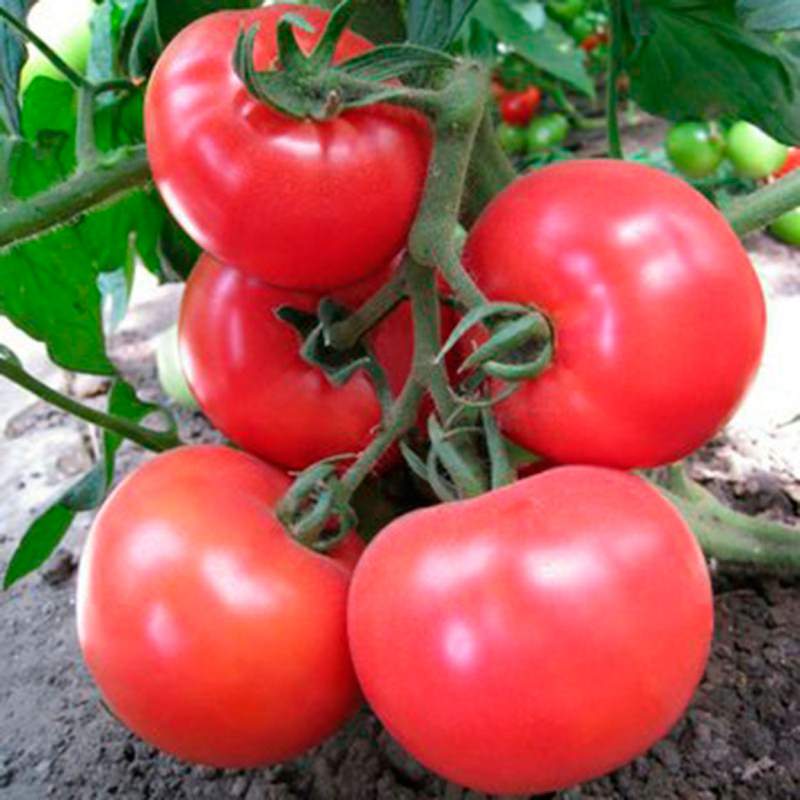Content:
Most of the summer residents want to grow tomatoes with a large amount of yield and minimal maintenance requirements. It is necessary to choose tomatoes that can not only be eaten fresh, but also prepared for the winter. In this regard, low-growing red bunch tomatoes are considered universal.
History of creation
The red bunch is a tomato that was bred by the breeders of the Russian Federation. Already in the 2000s, the variety was entered into the State Register of Plants, which are allowed to be planted in open and closed grounds, regardless of the territory. In cold regions, the plant lives in greenhouse conditions.
By its purpose, this tomato is a versatile product. Suitable for preservation as a whole, for salads, tomato juice, pastes and various sauces are made from it. The popularity of the variety is also due to its long-term storage after harvesting, the tomato is easily transported, which attracts the industry.
Features of the Red bunch variety
Tomatoes of the variety belong to limited growth plants that do not have a trunk. The bush is able to grow no more than 50 cm in height, has a voluminous, strong stem, grows mainly in breadth. In order for the tomato to branch, each bush is pinched. The plant has vigorous foliage, dark rich green in color, with a corrugated structure.
Tomato Red bunch the characteristics and description of the variety will help lovers understand its features:
- Has a common inflorescence - located after 5-7 leaves, then the distance is reduced to 1, 2 leaves;
- Productivity - at least 35 tomatoes from 1 inflorescence;
- The fruits look like a bunch of grapes, which is where the name comes from;
- The root system is not much different from other varieties. It can grow up to 10 cm;
- Refers to early ripening varieties. The first fruits appear within a maximum of 100 days after planting the seeds. With early planting, ripe fruit begins to be harvested no later than the end of mid-June;
- A high percentage of the crop is harvested during the entire vegetable season;
- The tomato season ends with the arrival of the first frosts - by about mid-October;
- It is considered an unpretentious variety. Does not react to sudden temperature changes and climate changes;
- Be sure to pinch the plant. This procedure contributes to the saturation of the fruits with useful substances;
- Additional bushes can be grown from carefully removed stepchildren if they are properly rooted.
Tomato fruits:
- They are oval, rounded;
- Small in size, ripening quickly. One bush is capable of producing up to 5 kg of tomatoes;
- On average, 1 tomato can weigh up to 50 g;
- They have a bright, rich red color;
- The tomato is covered with a shiny, rather dense, silky skin. Despite its thinness, the skin is not resistant to bursting;
- The juice and the fruit itself taste sweet. They have a rich natural aroma. The structure of the pulp is juicy, soft, slightly fleshy.
Cultivation of culture
Growing a Red Bunch does not require any special knowledge or effort. The planting process is not much different from other varieties. Amateurs begin preparatory work already in the 20th of February. The formation of the crop also begins with the selection and preparation of the seed base:
- First of all, the selected seeds are soaked in potassium permanganate, which disinfects and saturates the seed with useful substances. Soaking lasts about 35 minutes;
- After that, the seeds are washed with heated water and left in it for 24 hours. Warm water should be changed 3-4 times;
- Before planting, experienced gardeners soak the seeds in a solution of any growth stimulant for about half an hour;
- After finishing soaking, you can start planting. The pre-dried material is crumbled onto wet soil. It is worth making sure that the distance between the seeds is no more than 1.5-2 cm. It is better to put several seeds at one point;
- Everything is covered with a thin layer of soil, about one and a half centimeters.
Next, the containers with seeds are covered with polyethylene, creating the effect of a greenhouse. A container with future seedlings is placed on a sunny windowsill. Every day, several times a day, you need to open the pots for airing.
When several leaves appear on the seedlings, you can start feeding the seedlings themselves. If the sprouts begin to reach for the sun, there is not enough clarification for them, in this case in the evening you can use a special phytolamp. If planting seedlings is not planned in greenhouses, it is important to gradually accustom her to open air. To do this, containers need to be taken out into the streets for a short time, placing them in the shade.
Caring for tomatoes after planting in the ground
Tomatoes are unpretentious and do not particularly need the artificial formation of bushes. All that is required of the gardener is to pinch the top of the bushes, then they will start to start up additional branches.
A garter for this variety is necessary only so that the branches with ripening tomatoes do not rot in the ground. If you tie each bush separately, then the support for the tomatoes should be placed in the ground at the same time as planting the bushes. The farther the branches are above the ground, the less likely the tomatoes are affected by fungal infections, which are well bred in a humid environment. In addition, the tied bushes are easier to care for: spray, loosen the soil and even harvest.
Pros and cons of tomato culture
Connoisseurs of Red Bunch tomatoes note the following advantages of the variety:
- They are small in size, often resemble cherry tomatoes, but differ from them;
- Fruiting within 3.5-4 months, evenly and orderly. Early ripe tomatoes;
- From one sq.m. you can harvest up to 11 kg of delicious juicy tomatoes;
- The fruits are well stored, do not burst, and are suitable for transportation;
- Plants are resistant to diseases of the Solanaceae, have immunity to late blight;
- Tomato is not picky to care for, easily tolerates temperature changes.
There are also several disadvantages:
- It is possible to grow this variety in cold regions only in greenhouse conditions.
- The red bunch does not like drafts. In this case, the plant's immunity is weakened before late blight.
